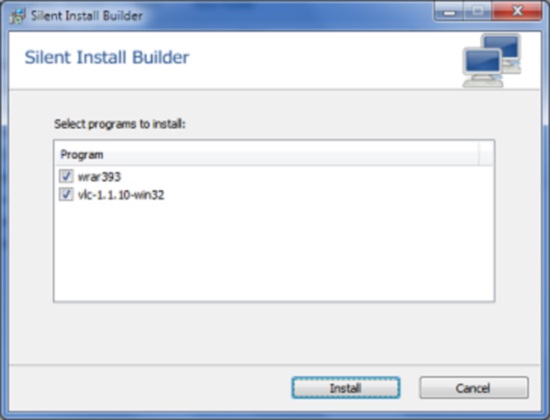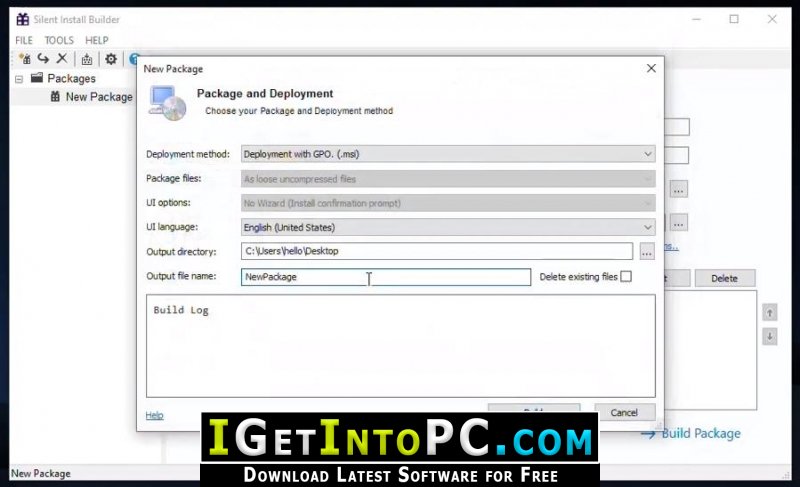

To run the installer non-interactively without any user input use the following in the command prompt, or in a batch file (see Automating an Online or Offline Installer). The installer directory NI Package Builder creates can now be moved to another computer or a network drive for deployment. If the installer or repository requires solution packages that have already been successfully built with your most recent version of the files, then select Build✻uild Installers and Repositories in the application-wide toolbar to skip rebuilding the packages.If the installer or repository requires solution packages to be built for the first time or built again, select Build✻uild Solution in the application-wide toolbar.Use the Errors and Warnings pane to address errors as needed. This is necessary because build outputs are placed in subdirectories relative to the solution, by default. If this is a new solution, then select File»Save Solution to save the solution.If needed change Include recommended and suggested packages, and modify the Installation Behavior from Optionally Install to Always Install After adding the packages, they will be visible under the Installer.Package Builder can add external packages that have been installed to your PC, as shown in Installed Packages, or downloaded to your PC as a package installer, shown in Installer Products. For external packages, select Show Additional Sources.For packages local to the solution, select the checkboxes for the packages to include.Select Add Packages to add packages to the repository or installer.Package Builder currently can only create a new repository and not add to an existing repository. A local repository requires the user installing the files in the repository to already have NI Package Manager installed.

New Local Repository to create a repository which can be consumed by NI Package Manager.This installer only has a single version of a given package.



 0 kommentar(er)
0 kommentar(er)
